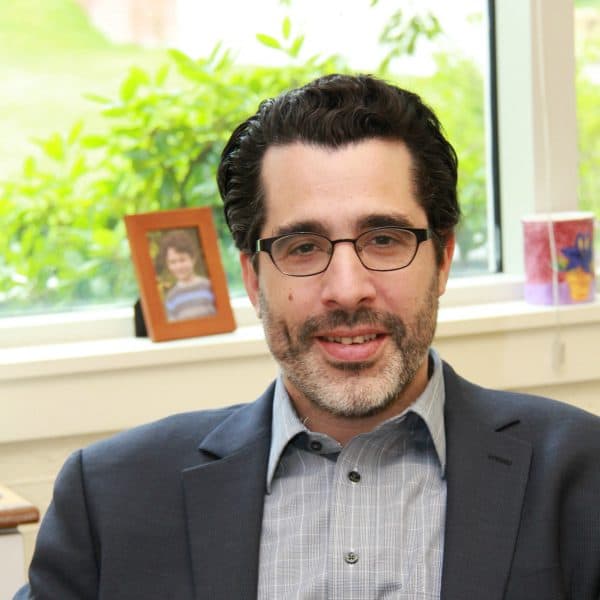Advertisement
Go Away: In Praise Of The Gap Year, For All Students
![Jacob Murray: "[Students] volunteer in homeless shelters in New York, animal rescue organizations in Thailand or hospitals in Cape Town. They work on farms in Central America, ranches in Canada or film crews in New Zealand." (Will Ellis/flickr)](https://wordpress.wbur.org/wp-content/uploads/2015/01/MURRAY-Jacob-Gap-Year-Banner-1-1000x547.jpg)
Across the United States, the idea of a “gap year” has taken hold. Instead of enrolling in college directly after high school, gap year students take a year off to work, perform service, travel or do all of the above. They volunteer in homeless shelters in New York, animal rescue organizations in Thailand or hospitals in Cape Town. They work on farms in Central America, ranches in Canada or film crews in New Zealand. Many take courses that offer experiential learning, such as studying marine biology on a boat touring the Caribbean. A veritable gap year industry has emerged to package these and other options.
...gap year students arrive on campus more mature, confident and focused on school and career goals than traditional students do.
Increasingly, students, parents and college leaders are touting the benefits of a year-long hiatus from formal education. Parents and college admissions officials — from Harvard University, SUNY Binghamton, Middlebury College and Tufts University — argue that gap year students arrive on campus more mature, confident and focused on school and career goals than traditional students do. According to some studies, they even perform better academically.
So, what’s not to like about a gap year? The cost – as much as $30,000 – making it prohibitive for those that might most benefit: low-income students, English language learners (ELL) and students struggling academically. In a recent study by the National College Access Network, low-income students who participated in college access programs (e.g., academic advising and tutoring, exposure to college settings and expectations, cohort support models, early college coursework, etc.) were slightly more than or nearly as likely as their higher-income peers to start and finish college.
Even low-cost options, such as local service or volunteer jobs, have a financial opportunity cost, because low-income students are not helping their families financially. Higher education institutions, such as Tufts University, have launched gap year initiatives that provide accepted students with financial aid to take a year off. But students still have to be accepted. In that regard, the gap year is an extension of the privilege and opportunities that more well-off students have access than financially disadvantaged ones do.
Higher education institutions, high schools and community partners can right this imbalance. They can collaborate to offer gap year programs to low-income and ELL students that combine the same year-of-growth benefits with support for post-secondary goals and options. Colleges, for example, can partner with high schools to identify students who are not academically ready for college, whether because of poor academic performance, limited English proficiency or, in the case of newly arrived immigrant students, an interrupted education. Such students might spend a year on campus, taking a college-level reading, writing and public speaking course, for example, and shadowing an undergraduate student-mentor in and out of the classroom. Doing so would familiarize prospective college students with the academic rigor, tasks, time management and expectations of college-level courses.
All the while, such students can pursue a service or work internship with a local nonprofit or industry partner, the better to learn how to balance school-life demands, investigate potential careers and, for ELL students, practice English. Finally, college admissions staffs can help students identify and apply to the right schools for them.
So, what’s not to like about a gap year? The cost – as much as $30,000...
Such a program need not be complex or expensive. Gap year students could live at home while spending their days on a college campus. Student mentors and college admissions staff could volunteer their time as a community service. In this way, gap years for the least advantaged could be both affordable and scalable. I encourage higher education institutions and community partners to seek creative ways to offer gap years to all students who want — and could significantly benefit from — this type of experience, regardless of their income, past academic performance, language proficiency or zip code.
